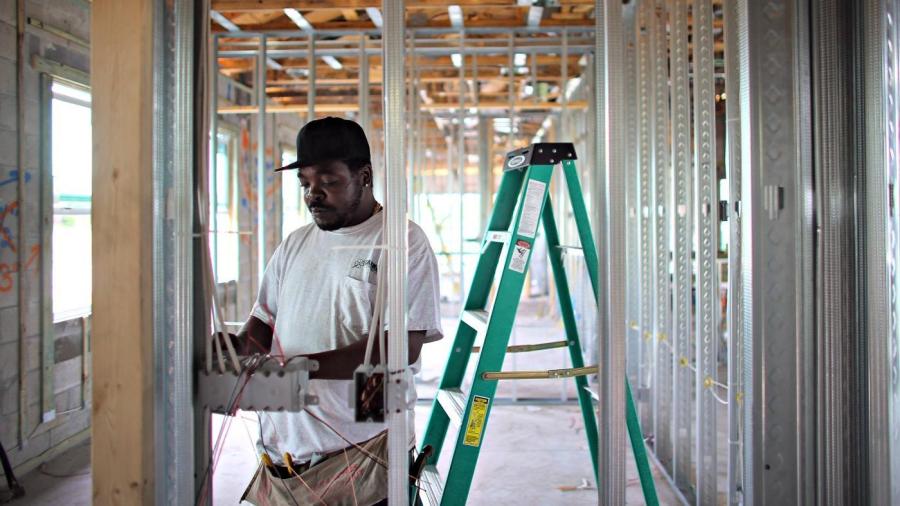What Are the General Liability Class Codes?

The general liability class codes group businesses into categories so insurance companies can issue general liability insurance to protect them against hazards and risks specific to their categories. The A-to-Z code list includes categories ranging from abrasive wheel manufacturing to zoos.
General liability insurance protects a business in the event that someone sues it. If the business loses the suit, the insurance pays the claimant’s damages and the business owner’s legal costs.
Different types of businesses are vulnerable to different types and degrees of risk. Whereas a business consultant is most vulnerable to errors that adversely affect a client’s business revenue, an electrician risks personal injury. Each of these businesses has different general liabilities, so they need different types of liability insurance coverage. The codes categorize them according to the services they provide and the specific hazards and risks inherent in providing those services.
Insurance companies can also use general liability class codes to deny coverage. Hazards for which they deny coverage are called exclusions, and they include damages for activities that fall outside of a business’ class code. An electrician’s general liability class for residential services, for example, would include coverage for a residential fire resulting from faulty wiring, but it would exclude damages from faulty wiring in a commercial building because commercial services fall outside the electrician’s class.





